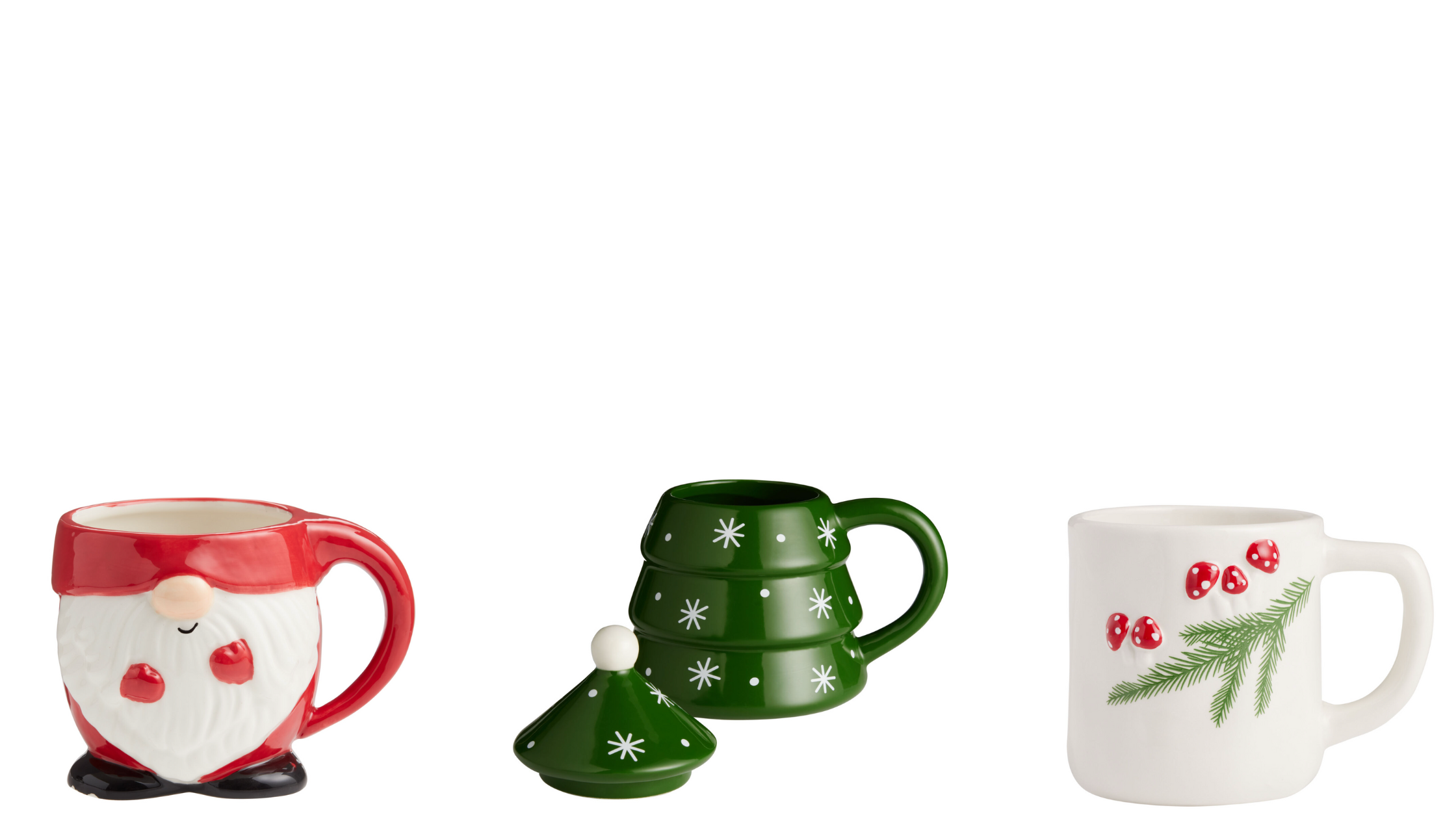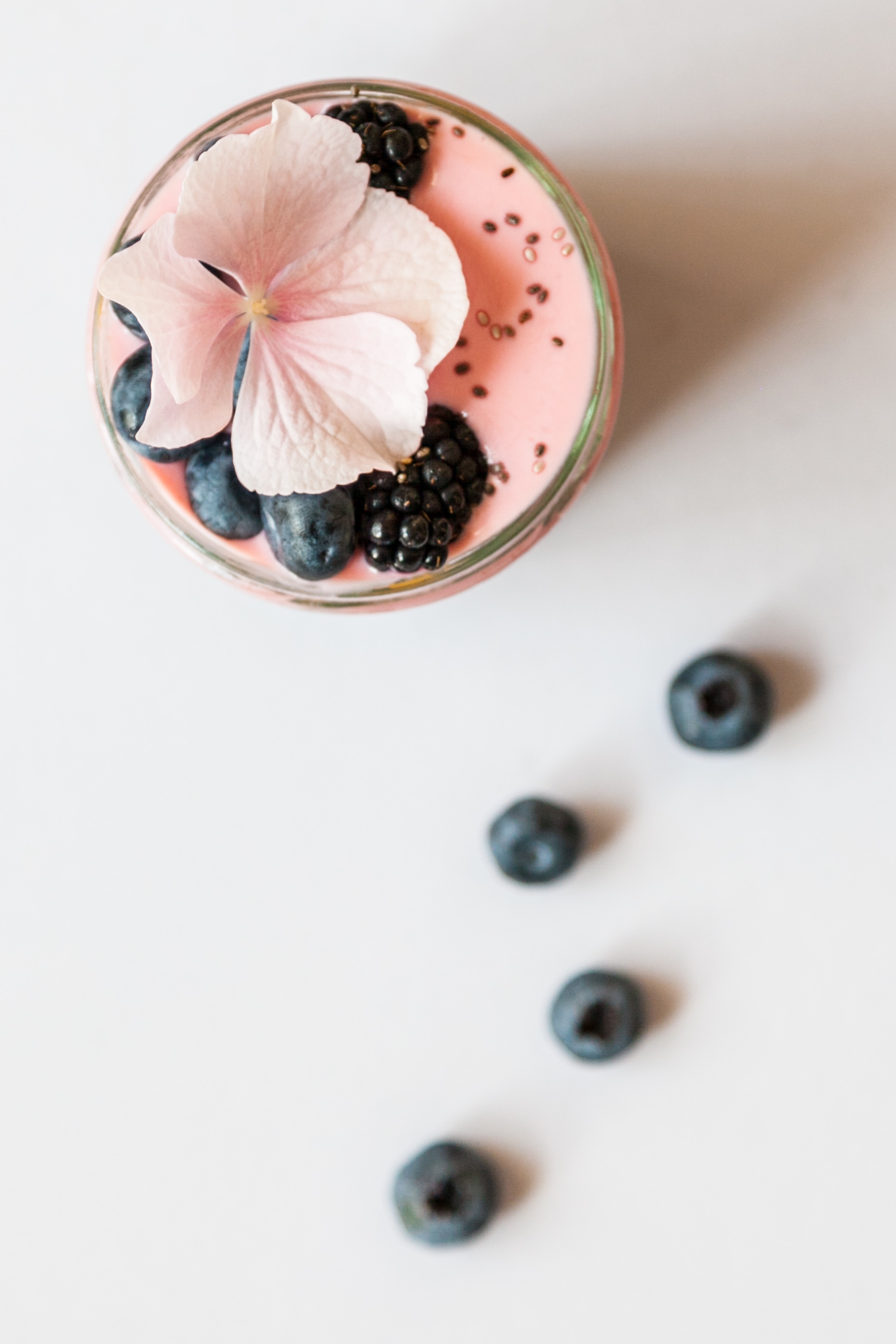And just like that, the time fell back! For better or worse, we’re now back to shorter days and more darkness. I used to absolutely HATE this time of year. For the last 5ish years I’ve been leaning into the solstices, particularly the winter one, because it’s the shortest day of the year. This often falls on December 21st and that’s only a month and a half away! From there, the days start getting longer, and that is always something to celebrate.
Since the time just fell back, and we still have a month and a half of the days getting shorter, I thought this would be the perfect time to put together a list of cozy items for a night in. Because let’s be honest, I will not be leaving the house much during this time of year!
FAIRY LIGHTS
There is just something so relaxing and cozy about some fairy/ twinkle lights. Hang them from your curtain rods, or string them around your bookshelves for some extra light during the darkest part of the year. I’ve found a lot of options for shorter ones locally (Stuhlberg’s and Queen Anne Frame if you’re in Seattle), but here is a 66 ft. option on Amazon.
I have just recently become a HUGE fan of robes! I purchased a very light weight organic cotton one last year, but I don’t think that’s going to be warm enough for the winter. When I found this one, I immediately added it to my Christmas list. It has it all…Plaid! Sherpa Lined! A HOOD! I’ll just be living in this all winter.
I know that microwavable slippers probably seem like a bit much, but did you know that having warm feet can help you fall asleep faster? So really, you’re just looking out for your sleep quality with these 😘 If microwavable slippers aren’t your thing, then maybe a microwavable stuffed animal? How cozy would this be to have on your belly while you’re reading or watching a movie? Absolute BLISS!
These are one of my all time favorite candle brands. I found out about them when I was working at Pharmaca and have made it a point to get a couple every holiday season. The aroma combos are lovely and they are made with beeswax, coconut oil, and essential oils. No weird waxes or synthetic fragrances! My favorites for this time of year are Loved (Peppermint, Fir, and Peru Balsam), Grounded (Cedarwood, Fir, Bergamot, Rosemary, Cinnamon), and Inspired (Clove Bud, Lemongrass, Cinnamon, Eucalyptus, Lavender, Cedarwood).
I can’t end this post without some options for cute holiday mugs. I love a hot chocolate (with some magnesium added for sleep support) at the end of the night in the winter. Maybe some Bailey’s in your coffee, hot apple cider, or just plain coffee is more your speed. No matter what your hot drink of choice is in the winter, you’re going to need to treat yourself to a new mug!
I hope you enjoyed this roundup of cozy winter favorites! Let me know in the comments what your favorite one was. 🥰















